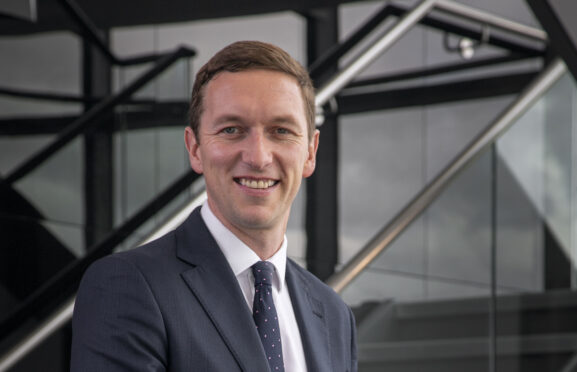Ian Campbell, a Director and Chartered Financial Planner at AAB Wealth, explains how small steps can make a big difference for sustainable investment.
We’ve recently witnessed more than 25,000 delegates, including world leaders and environmental campaigners, attend COP26 – the UN Climate Change Conference in Glasgow.
Wednesday 03 November was ‘finance day’ at COP26.
Chancellor Rishi Sunak said the UK aims to become be the world’s first net-zero aligned ‘financial centre’. Net-zero means we’re producing no more harmful gases than we’re taking out of the atmosphere.
By 2023, the requirements will be for asset managers, regulated asset owners and listed companies to publish plans that show how they will move to a low-carbon future.
What is not clear is what those plans should look like, but it’s obvious that moving to a net zero economy requires realigning the economy as a whole – this is where investing responsibly can play a huge part.
At AAB Wealth, we’re looking at the small but meaningful changes that we can make.
Investing your way to net-zero
The COP26 Private Finance Hub (headed up by former Bank of England governor Mark Carney), has set out a framework to help all investors put climate at the heart of their decisions, including:
- Reporting – giving investors more information by improving the quality of climate-related disclosures (details of exposure to climate-related risks).
- Risk management – ensuring the financial sector can accurately measure and manage climate-related financial risks.
- Returns – helping identify the potential investment opportunities in transition to net zero.
- Mobilisation – increasing flows of private finance to developing economies by encouraging new market structures and connecting available capital to investable projects.
What we’re doing
We last wrote about sustainability back in March 2021, focusing on how your pension can support a more sustainable world by taking account Environmental, Social and Governance (ESG) factors.
We’ve looked carefully at what we do from a sustainability perspective and particularly how we can incorporate ESG more into the investments we offer our clients. We’re not claiming to be greener than green, but we’re moving in the right direction.
This means looking at our core portfolio’s environmental impact (for example, the greenhouse gas emissions of fund holdings), as well as other common ESG and sustainability issues, such as exposure to factory farming, tobacco production, or whether a company’s activities put a strain on water resources and biodiversity.
Small, careful steps
We’re writing to our clients this month to let them know more about what changes we’re making to help make our core investment portfolio more sustainable. The key for us is small, careful steps ones that will ultimately lead to making a real difference.
Change doesn’t happen all in one go. In everyday life, we make trade-offs on our sustainability choices. For example, we’ll recycle more, but use air travel for a foreign holiday.
It’s the same approach for investing. That means we’re cautious not to throw out the baby with the bathwater. Our core investment portfolio has a tilt towards ESG while making sure not to sacrifice performance or higher charges as a result of any changes.
Other firms will offer ESG investing as an alternative option, or an added extra to their default package. We don’t believe that’s the right way forward.
For us, ESG is the default option. We don’t want to give our clients an alternative that might carry additional risk, or higher costs.
Instead, we’re able to stick with the investment philosophy we know and trust and help move our clients towards greener, more sustainable investments.
Speak to us if you’d like to find out more about our approach to sustainability.
